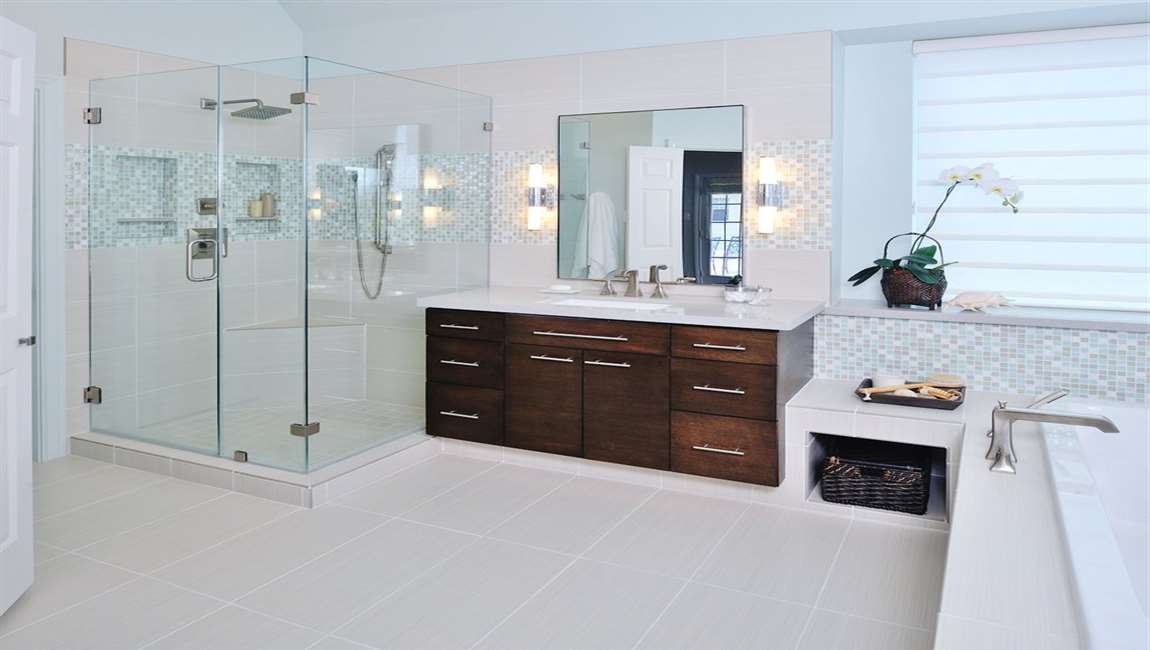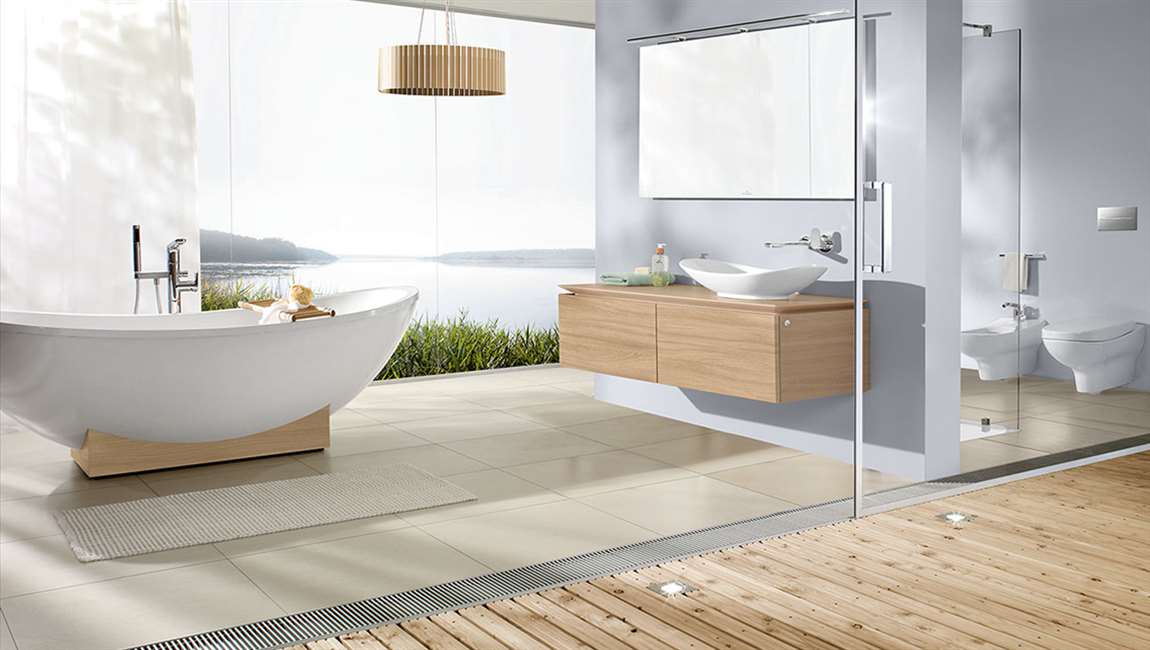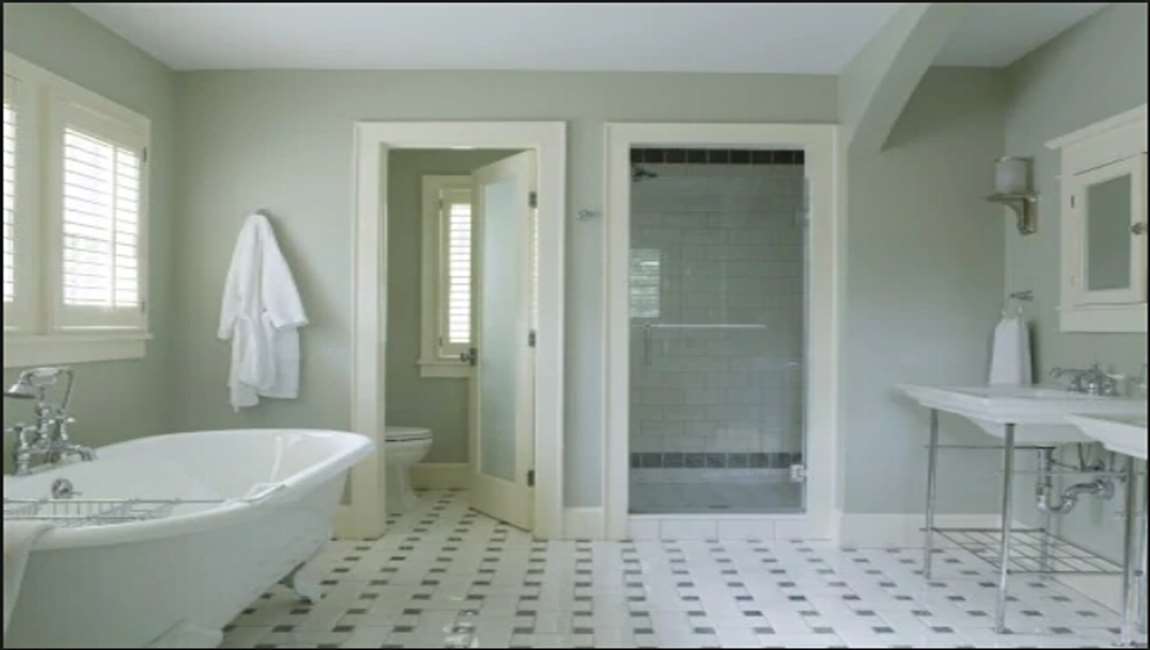How to Laying the Tiles for a Shower?
Mark your tile layout on the substrate and mark out your first course carefully. If your shower enclosure walls are not perfectly square, or if you plan to install accent tiles, the layout of these shower tiles becomes increasingly important. Measure up from the bottom of the backer board the height of a tile minus 1/2″. This will give you a 1/2″ overlap over the bathroom tile lip on your shower pan. Make sure that you allow room for the grout joints as well. Mark this with a sharpie or chalk and using a level, transfer the mark across the shower stall. This will be a guide for the top of the first row so that all wall tiles will be level. Only use dry tiles make sure that the lay out works as well.
Another way to plan out the first row of tiles design is to measure the high part and low part of the shower pan. Make the cut spot on the low end a full tile, mark it, and then cut the tiles on the high side down to the level of the uncut wall marble tile on the low side. Keeping grout lines away from the inside corners of the enclosure can prevent the need for tiny tiles and poor grout joints. Plan accordingly and always make cuts tight on the inside corner.
Mix enough thin-set for the bottom row. You want your thin-set to be the consistency of peanut butter — not too thick or it will dry out and not too thin or you’ll have a hard time setting the mortar with strength and cleaning. Use an electric drill and a mortar mixing bit attached to your drill to mix your thin-set mortar. This will ensure even consistency and ultimately a better product. Let the mortar set for seven minutes and then mix it again.
Dampen the cement board with a sponge before applying the mortar. If you do not, the cement board will draw the moisture out of the thin-set too quickly, making for a brittle set that is susceptible to cracking. Trowel some thin-set onto the back of the tile and spread it with a notched trowel. This process is called “back buttering.” Apply mortar to the backer board along with back buttering and then set the cement tiles on top of that. It’s a lot cleaner, too!
Be sure not to apply too much mortar to the back of a tile. You only need a little in each corner and a little dab in the middle for back buttering. More isn’t necessarily better when it comes to thin-set. Keep in mind that back buttering is only necessary when you are using a larger small tile (8″ x 8″ or larger) and you only need to add a little dab of thin set mortar to each corner.
Set the first tile in the middle of the wall (or floor). This will create a pleasant visual effect and allow each tile that is placed beside it on either side seem centered. After back buttering, simply press the cement tile onto the backer board and apply pressure to make sure that the mortar adhered properly to both the tile and the backer board. Then, give the tile a little twist and tap each one with a rubber mallet, especially the floor tiles.
Wipe away any excess thin-set mortar after pressing the marble tile onto the backer. Although you’ll be grouting and caulking between the tiles, it’s best not to leave any thin-set on oozing out from the sides of the tile. Dig out any oozing thin-set that you notice. Simply wipe away excess thinset with your finger or a Q-tip.







